Located on Guozijian Street inside Anding Gate, the Temple of Confucius in Beijing is the place where people paid homage to Confucius during the Yuan Dynasty (1271-1368), Ming Dynasty (1368-1644) and Qing Dynasty (1644-1911). Its neighbor in the west is Beijing Imperial Academy (Guozijian), which was the institute of the highest education well preserved in China.
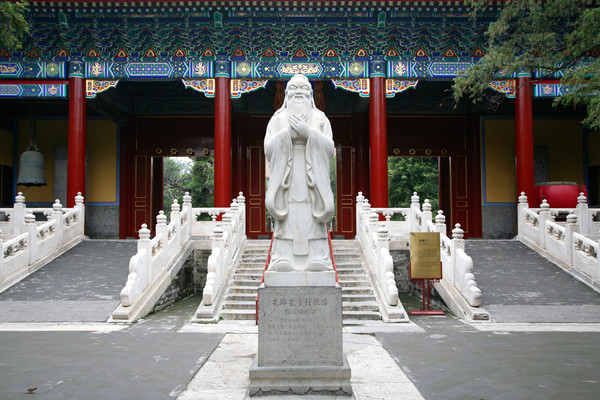
来源@视觉中国
It was initially built in 1302 and additions were made during the Ming and Qing dynasties. It has a total area of 22,000 square meters (5.4 acres). It is the second largest temple constructed for Confucius, the greatest thinker and educationalist in ancient China, ranking only behind the Temple of Confucius in Qufu, Shandong Province.
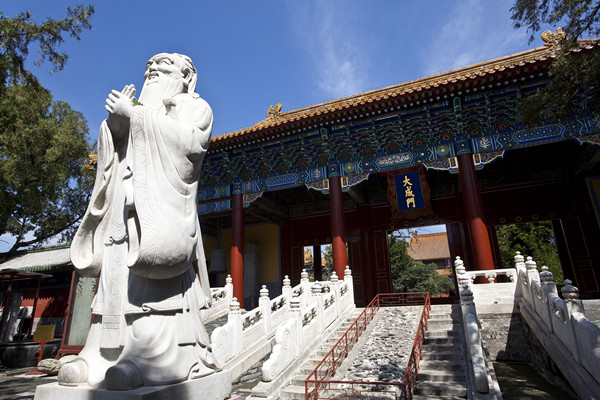
来源@视觉中国
This temple consists of four courtyards. The main structures include Xianshi Gate (Gate of the First Teacher), Dacheng Gate (Gate of Great Accomplishment), Dacheng Hall (Hall of Great Accomplishment) and Chongshengci (Worship Hall). Dacheng Hall is the main building in the temple, where the memorial ceremony for the sage was often held. Inside the temple one can see that 198 stone tablets are positioned on either side of the front courtyard, containing 51,624 names of Jinshi (the advanced scholars) of the Yuan, Ming and Qing dynasties. Also 14 stone stele pavilions of the Ming and Qing dynasties hold the precious historical information of ancient China.
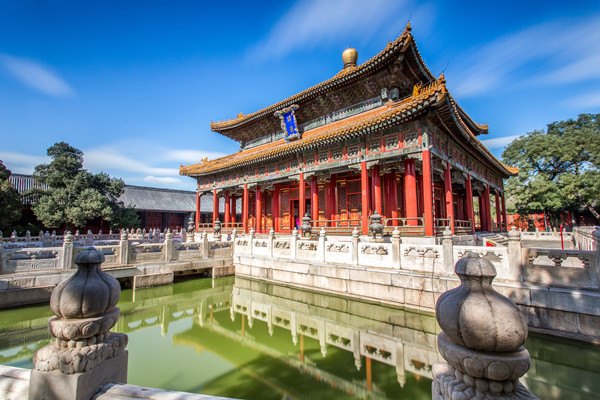
来源@视觉中国
One item of note is the 700-year-old Chujian Bai (Touch Evil Cypress) in the temple. Its name is associated with an ancient legend. During the Ming Dynasty, one day the superior official-Yan Song came to worship the sage on behalf of the emperor. When he was passing by the cypress, one of the branches of the tree took his hat off. Since Yan Song was a treacherous official, people have thought the old tree could distinguish between good and evil people. Hence its name.
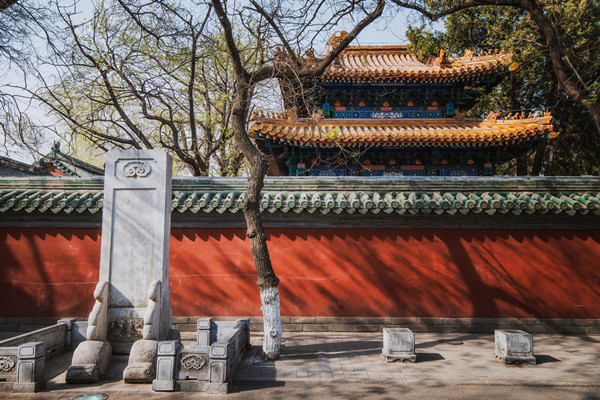
来源@视觉中国
In the temple, you can also find remarkable pictures like two flying dragons playing a pearl among clouds, which are believed to be used only in the imperial palaces because dragon stands for emperor in ancient China. From those, it is easy to imagine the importance of this temple in the feudal society of China.
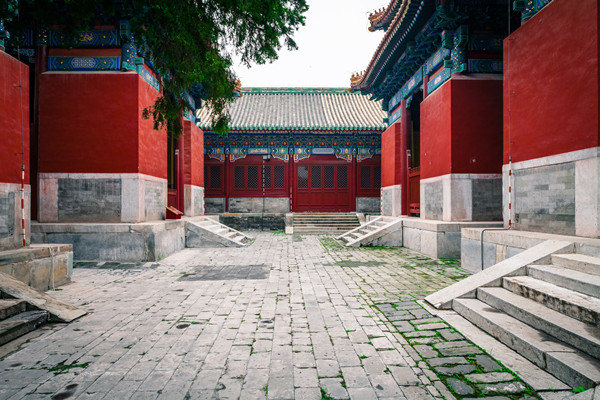
来源@视觉中国
Source: travelchinaguide.com



